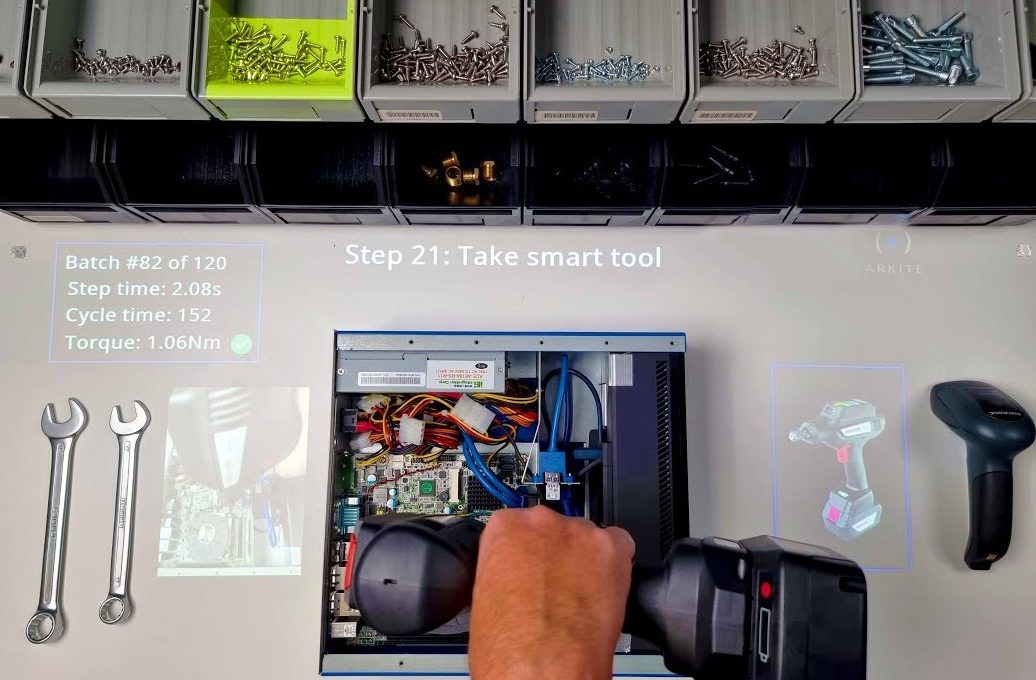According to Make UK, the manufacturing labour turnover rate hit a record high of 17.6 percent in 2020, an early indicator of what was to come. We are now in the midst of the Great Resignation ─ a time when employees are quitting their jobs at historic rates. Here Mike John, Technical Director at industrial metrology specialist The Sempre Group, explores the role of both people and technology during the Great Resignation.
Recent analysis from the Office for National Statistics (ONS) shows that the number of job vacancies in the UK has risen to a record 1,288,000 – an increase of 492,400 from pre-pandemic levels. This includes an 82.3 percent growth in job vacancies in the manufacturing industry. As the skills gap widens, businesses must still provide for their customers, putting pressure on the depleted workforce still on the assembly line to keep up with demand.
Businesses could address the issue of maintaining productivity with a smaller team by increasing the existing staff’s workload. However, forcing employees to work faster for longer negatively impacts staff satisfaction and leads to fatigue, increasing the risk of assembly errors. Hiring new team members is an obvious solution, but recruitment is challenging and competitive in the current market. In addition, the training required for new recruits may dampen productivity in the short term, while experienced members of the team dedicate time to assisting their newer colleagues.
Filling the gaps
The current labour market conditions are encouraging manufacturers to consider implementing new technology to solve their production challenges. For example, repetitive tasks on the manufacturing assembly line can be done by a collaborative robot, enabling the operator to drastically increase throughput compared with working entirely manually. Adding automation to a manufacturing line means manufacturing managers can move their precious employees into other parts of the business where they can add more value and gain more job satisfaction.
As well as using technology to fully or partially automate tasks, manufacturers can invest in systems that support assembly line staff as they work. AR operator guidance systems, such as the Arkite Human Interface Mate (HIM) can guide workers through processes using visual cues ─ the system projects step-by-step instructions onto the workstation for a worker to follow. The system can also present instructions in multiple languages, ensuring all team members can understand the directions. Light picking and visual projection help improve accuracy, notifying the user if a step is incomplete or has been performed incorrectly. By combining the creativity and problem-solving skills of humans with the accuracy of automation, manufacturers can reduce waste caused by human error while ensuring all parts meet quality standards.
As businesses begin to on-board increasing volumes of new employees to address the labour shortages, manufacturers can also use technology for training. AR systems can be programmed with custom training modules that teach new staff exactly how to perform an assembly, with embedded smart sensors measuring time and quality performance to ensure certain tasks are completed correctly. Reducing the amount of time required by experienced staff for management, training and support means that new employees still develop their skills without forfeiting quality, while freeing up management to focus on more value-adding tasks.
The Great Resignation means that finding and keeping skilled employees is harder than ever. Manufacturers must consider how they can strike the balance between humans and technology to maximise their team’s talents while maintaining productivity and quality.




